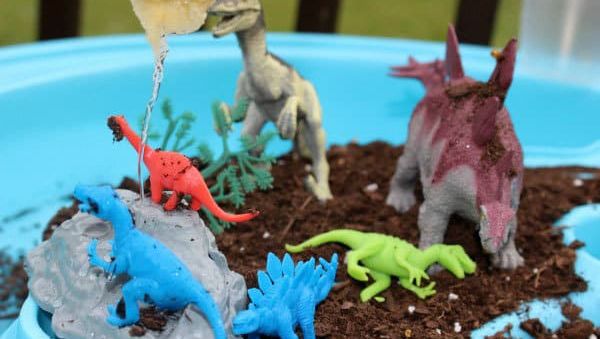Parent Resources
Our recourses section includes home cooking activities, small world play info, helpful hints on brushing your child's teeth and more. Scroll down to learn more and if you have any questions please do contact us. Subject quick links:



